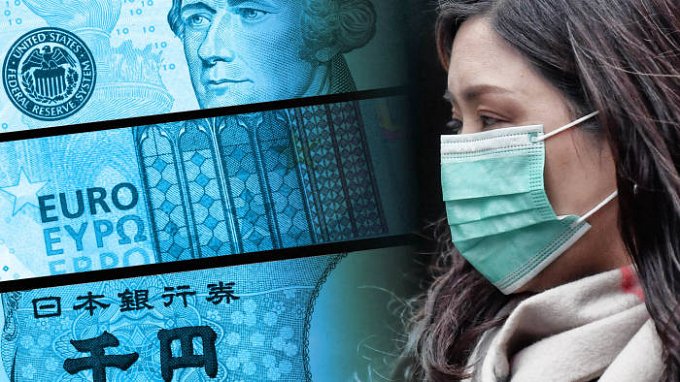Daily Update - 29th January 2020
• US Jan CB Consumer Confidence The euro declined against the U.S. dollar on Tuesday as the common currency was weighed down by fallout from the coronavirus outbreak in China. The euro has been rattled this year by dismal manufacturing data and by worries that deepening economic tensions between the United States and China could slow euro zone economies even further. The euro stood at $1.1021 EUR=, having hit a two-month low of $1.0998 in U.S. trade on Tuesday. Sterling declined against dollar on Tuesday as concern about Britain’s future relationship with the European Union creeps back onto the radar of currency markets. Ahead of a knife-edge Bank of England interest rate decision on Thursday, sterling has been pushed and pulled this month by speculation over whether an imminent rate cut is likely. The Federal Reserve began a two-day policy meeting on Tuesday, at which it is largely expected to leave the interest rates unchanged this year. Some economists and strategists expect the Fed to make a slight increase this week on the interest it pays on excess reserves held at the central bank. The U.S. Federal Reserve has cut interest rates three times last year. The Fed is expected to keep its policy on hold later today and is likely to repeat its mantra that a “material reassessment” of the economic outlook would be required for any change in interest rates. "The current rate is appropriate" – These words by the Federal Reserve in December set the stage for a long pause in changing interest rates. The world's most powerful central bank's words accompanied the third consecutive cut of borrowing costs, that it had previously labeled as a "mid-cycle adjustment." In the upcoming decision – the first in 2020 – the Fed is set to make good on its pledge to hold onto the current Federal Funds Rate of 1.75%. The GfK Consumer Confidence is a leading index that measures the level of consumer confidence in economic activity. A high level of consumer confidence stimulates economic expansion while a low level drives to economic downturn. Generally speaking, a high reading is positive (or bullish) for the EUR, while a low reading is seen as negative (or bearish).Yesterday’s Market
Yesterday’s Explained
Today’s Market
Today’s Focus


